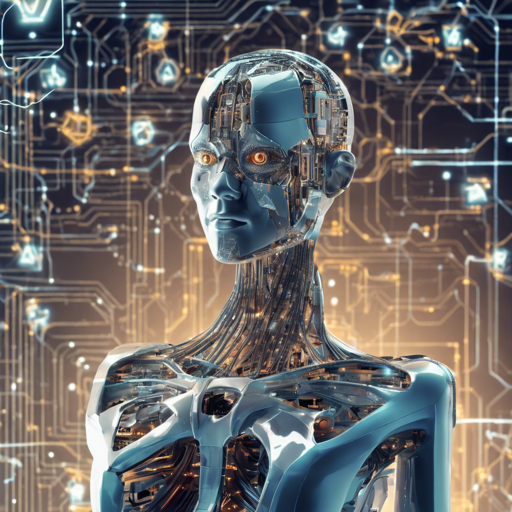In the realm of artificial intelligence, computer vision is a star player that has transformed multiple industries. The latest update, v1.2, has added support for action recognition and tracking, significantly enhancing its utility. This guide will walk you through understanding and utilizing the computer vision tools provided in this repository.
What Is Computer Vision?
Computer Vision allows machines to interpret and understand the visual world. In recent years, it has found applications in face recognition, image understanding, and self-driving cars, among others. From image classification to object detection, this repository is designed to equip you with the necessary tools and practices to develop your computer vision systems efficiently.
Getting Started
Ready to dive into the world of computer vision? Here’s how to get started:
- First, navigate to the Setup Guide for instructions on setting up your computing environment and dependencies.
- After the setup, explore the Scenarios folder, starting with the image classification notebooks to understand fundamental concepts.
Additionally, you can run a notebook directly in your web browser using Binder: . Just remember, Binder has its limitations, especially in terms of compute power.
Exploring the Scenarios
This repository supports various computer vision scenarios. Here’s an overview:
- Classification: Learn to categorize images into predefined labels.
- Similarity: Find similar images within a dataset.
- Detection: Identify objects and their bounding boxes within images.
- Keypoints: Detect specific points on objects (like human joints for pose estimation).
- Segmentation: Classify each pixel in an image.
- Action Recognition: Identify activities in video footage.
- Tracking: Monitor multiple objects across video frames.
- Crowd Counting: Count individuals in varied crowd densities.
An Analogy to Understand the Code
Think of a computer vision system like a chef preparing a complex dish. Instead of starting from scratch with every recipe, the chef uses existing tools, seasoned techniques, and well-tested recipes to create something delicious. The repository serves as a comprehensive cookbook filled with best practices, utility functions, and frameworks (like PyTorch) that allow you to whip up various visual recognition tasks. Just as a well-prepared kitchen facilitates cooking, tools and best practices simplify building efficient computer vision systems.
Troubleshooting
If you encounter issues while using this repository, here are a few troubleshooting ideas:
- Ensure all dependencies are properly installed according to the Setup Guide.
- If your notebooks are running slowly in Binder, consider reducing image resolution for faster performance.
- For common questions and potential pitfalls, refer to the documentation available in the repository.
For more insights, updates, or to collaborate on AI development projects, stay connected with fxis.ai.
Conclusion
Computer vision is a rapidly evolving field with numerous practical applications across various domains. With the tools and examples provided here, building your own machine learning models has never been easier. At fxis.ai, we believe that such advancements are crucial for the future of AI, as they enable more comprehensive and effective solutions. Our team is continually exploring new methodologies to push the envelope in artificial intelligence, ensuring that our clients benefit from the latest technological innovations.
Final Thoughts
Harness the power of computer vision and take the leap from theory to practice with the tools available in this repository. Happy coding!

